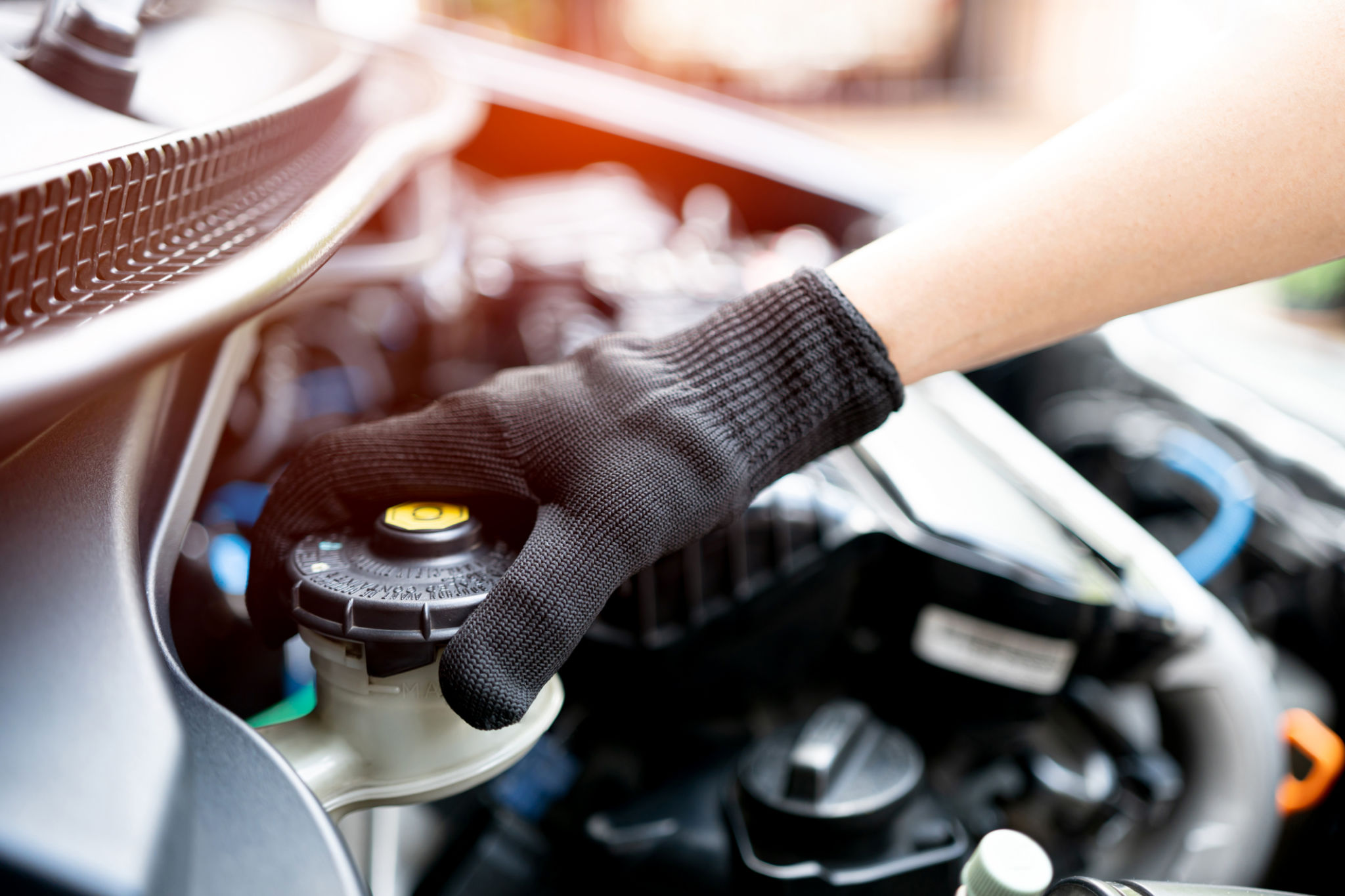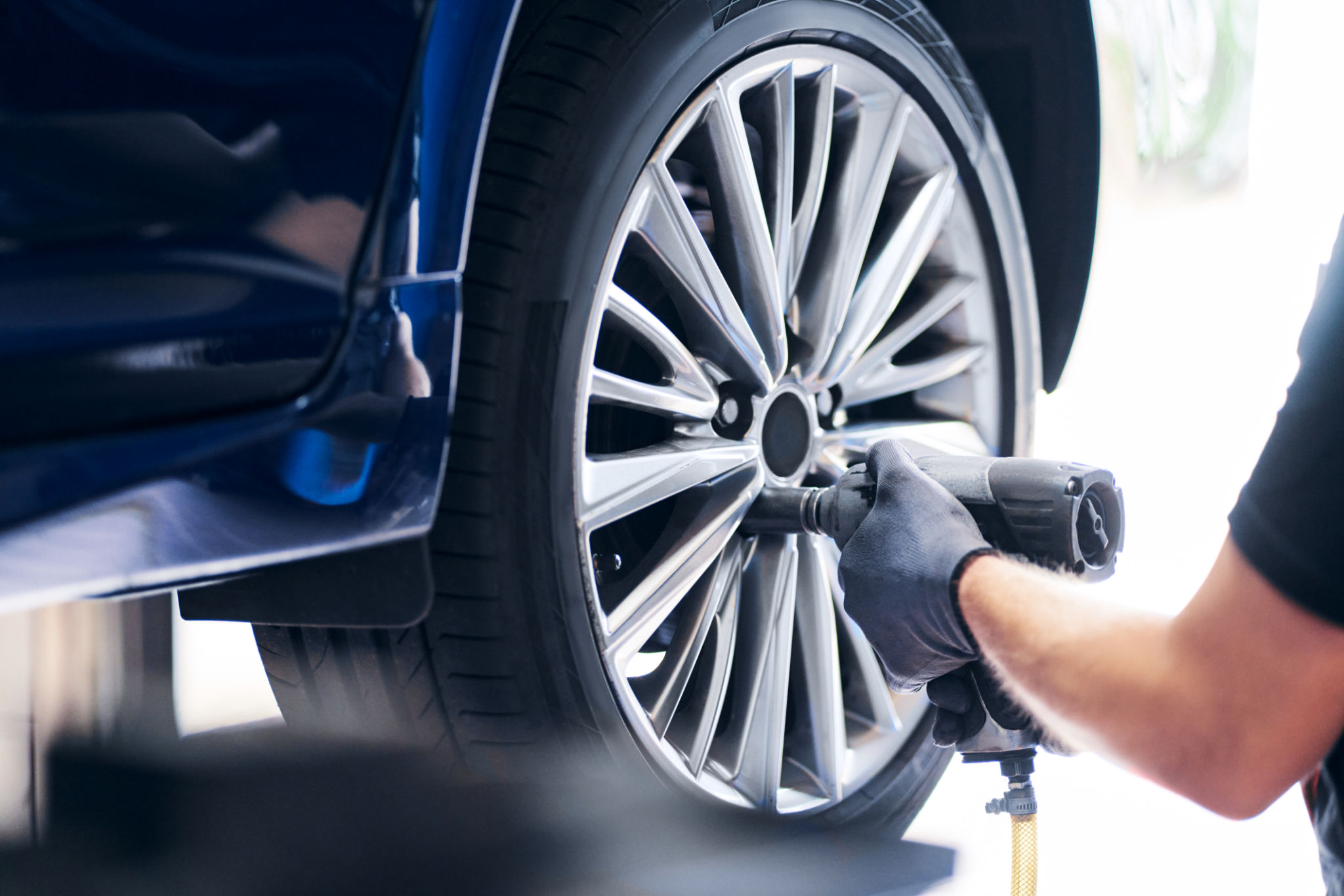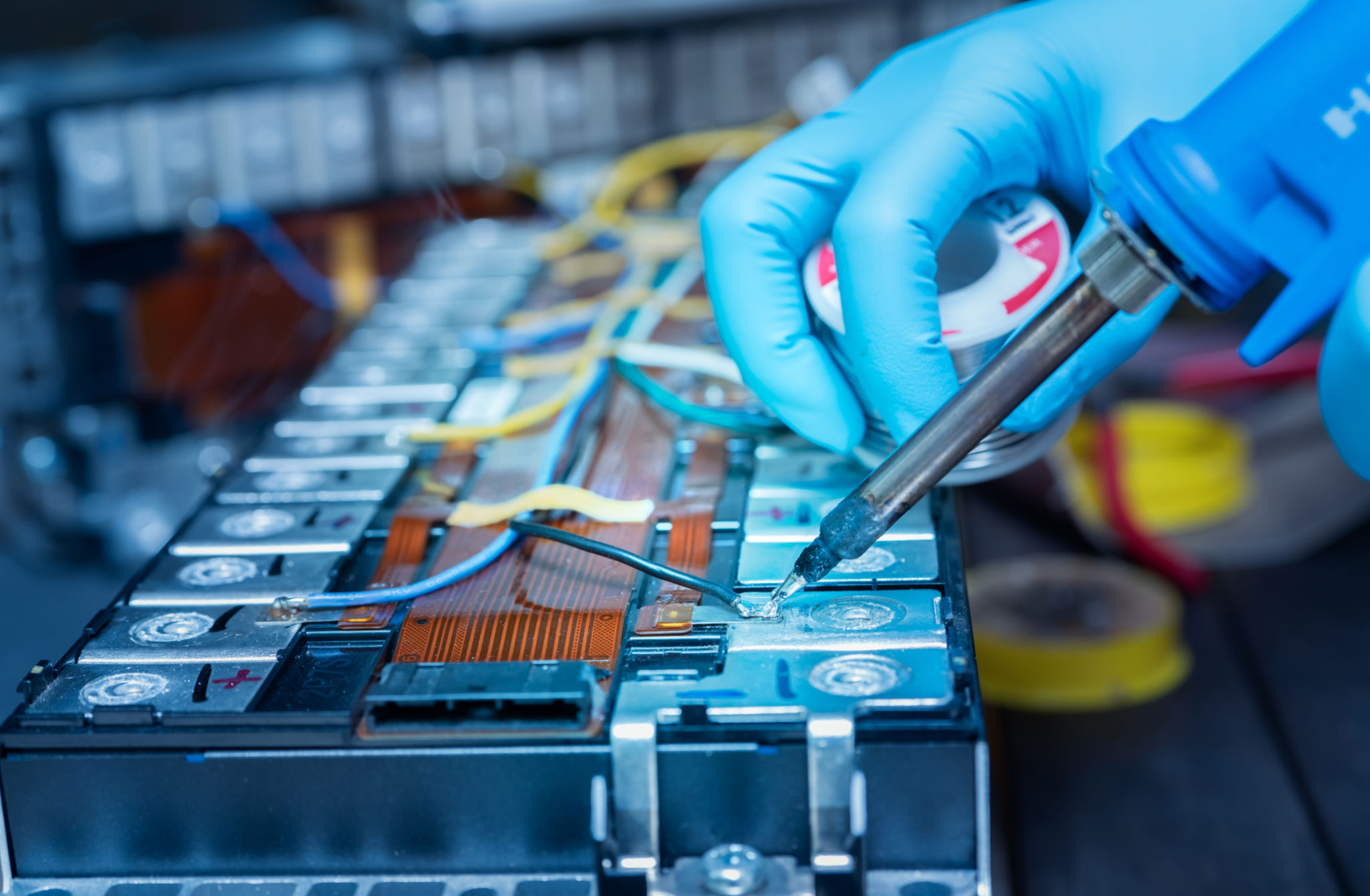DIY Tips for Basic Fleet Maintenance: What You Can Do Yourself
Introduction to Basic Fleet Maintenance
Maintaining a fleet of vehicles can seem daunting, but understanding some basic DIY maintenance tasks can both save money and extend the life of your fleet. While some tasks are best left to professionals, there are several things you can tackle yourself. In this post, we'll explore essential maintenance tips anyone can manage with a bit of time and effort.

Regular Fluid Checks
Fluids are the lifeblood of your vehicles, and keeping them at the right levels is crucial for optimal performance. Regularly check and top off the following fluids:
- Engine Oil: Check the oil level and quality. If it's dirty or below the required level, change it.
- Coolant: Ensure your radiator has enough coolant to prevent overheating.
- Brake Fluid: Essential for safety, this fluid should be at the correct level and free of contamination.
How to Check Fluid Levels
Checking fluid levels is straightforward. Most vehicles have dipsticks or reservoirs with markers indicating minimum and maximum levels. Simply pull out the dipstick, wipe it clean, reinsert it, and check the level. For reservoirs, ensure the fluid is between the marked lines.

Tire Maintenance
Tires are another critical component that requires regular attention. Proper tire maintenance not only improves fuel efficiency but also ensures safety on the road.
Monitor Tire Pressure
Underinflated or overinflated tires can lead to poor handling and reduced fuel efficiency. Use a tire pressure gauge to check the pressure monthly and adjust it according to the manufacturer's specifications. Don't forget to check the spare tire as well!
Tread Depth and Tire Rotation
Inspect tire tread depth regularly to ensure it meets safety standards. Use a tread depth gauge or the penny test: insert a penny into the tread with Lincoln's head facing down; if you can see all of Lincoln's head, it's time to replace your tires. Also, rotate tires every 5,000 to 8,000 miles to promote even wear.

Battery Care
The battery is a vital component that often goes overlooked until it's too late. Regular checks can prevent unexpected failures.
Clean Battery Terminals
Dirt and corrosion on battery terminals can prevent proper electrical connections. Clean terminals regularly using a mix of baking soda and water. Ensure all connections are tight and free from corrosion.
Test Battery Health
Use a multimeter to check battery voltage periodically. A fully charged battery should read around 12.6 volts. If it's consistently lower, it might be time for a replacement.

Conclusion
By performing these basic maintenance tasks, you can keep your fleet running smoothly and avoid costly repairs. Regular checks and minor adjustments go a long way in ensuring vehicle reliability and safety. Remember, while these DIY tips are helpful, always consult with a professional for more complex issues or if you're unsure about any maintenance task.
